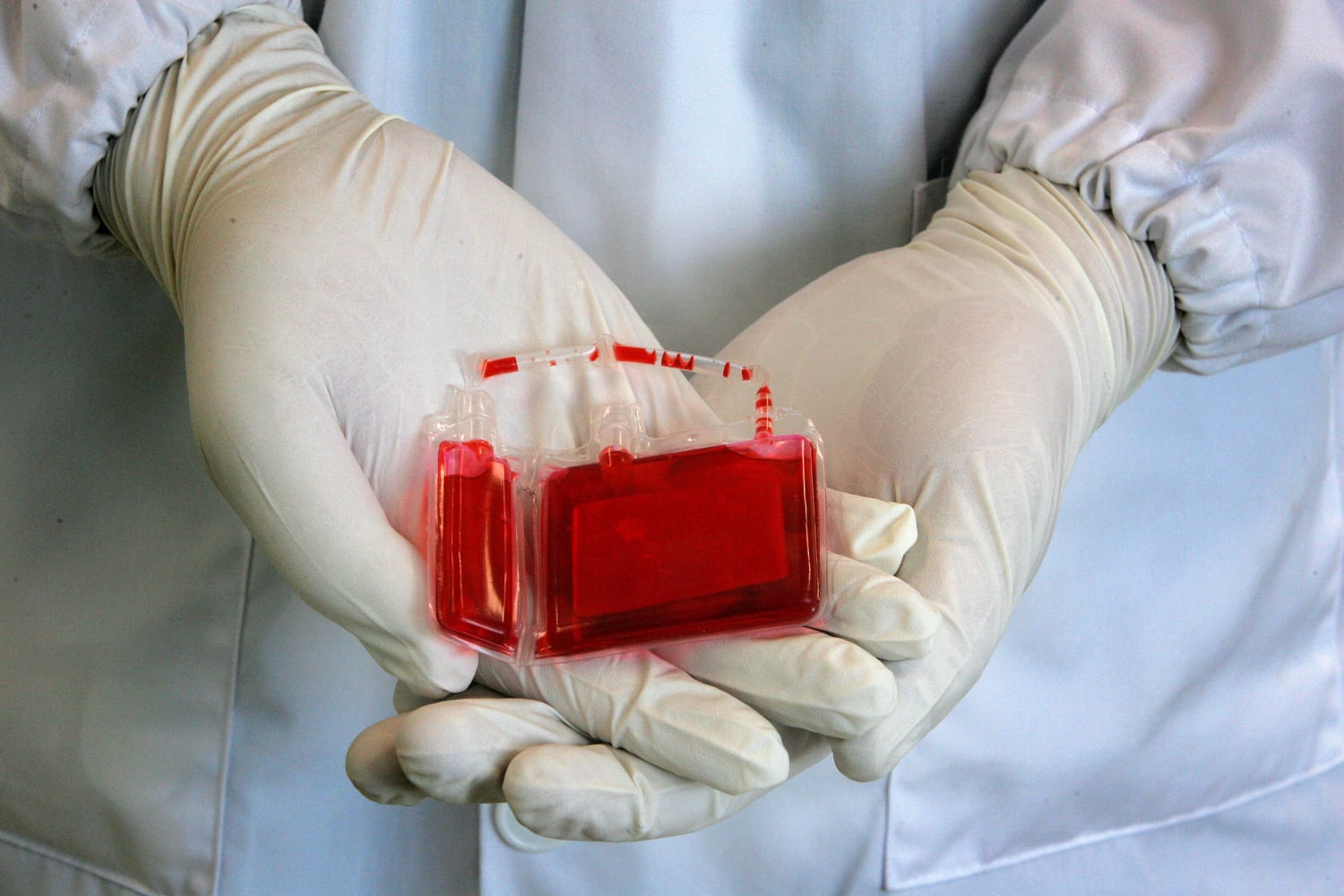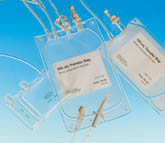
But what are the pros and cons of this practice. Youll be required to have your doctor fill out a medical history to be accepted into such a program.

Then they insert a needle.
Freezing cord blood. Study design and methods. In the study we 1 compared the effect of two-step cryopreservation and controlled-rate freezing method on the postthaw quality of CB Study A and 2 evaluated the postthaw quality of HSC fractions isolated from CB with various methods and frozen with controlled-rate freezing method Study B. The same cryoprotectant mixture was used for 20 CB units Study A and 122 CB.
Once your cord blood has been processed our storage partner Vitalant will store the stem cells in tanks holding vapor nitrogen at optimal long-term storage temperatures -190º C or colder. Vapor nitrogen is used instead of liquid nitrogen due to vapors ability to remain at a consistent temperature throughout the tank. Additionally using vapor nitrogen protects the frozen cord blood.
Cord blood banking is the process of collecting the cord blood and extracting and cryogenically freezing its stem cells and other cells of the immune system for potential future medical use. As cord blood is inter-related to cord blood banking it is often a. More and more parents are thinking about freezing or banking their newborns umbilical cord blood.
Cord blood banking refers to storing the cord blood that remains in the umbilical cord and placenta after your baby is delivered. The collection of cord blood does not harm the mother or the baby. But what are the pros and cons of this practice.
Here are some things to consider. About Press Copyright Contact us Creators Advertise Developers Terms Privacy Policy Safety How YouTube works Test new features Press Copyright Contact us Creators. Conduction-based cooling enables consistent cryopreservation of cells including those in umbilical cord blood.
This study used a VIA Freeze system Fig 1 and specific accessories Fig 2 to freeze up to four 25 mL cord blood samples in cryobags. Cell work and data collation were performed by UK-based cord blood cell bank Anthony Nolan. Freezing and transfusion process for cord blood stem cells to ensure a safe reliable robust process Cord Blood Collection Processing and Cryopreservation Bag Sets are recognized as the industry standard backed by the CoBLT Standard Operating Procedures SOP1 2.
Cryopreservation protocols have remained relatively unchanged since the first umbilical cord blood banking program was established. This study evaluated the preservation efficacy of a novel intracellular-like cryopreservation solution CryoStor BioLife Solutions Inc the rate of addition of two cryopreservation solutions to cord blood units CBUs and reduced final dimethyl sulfoxide DMSO. After adding DMSO to final concentration of 10 each cord blood unit was split into two 25 ml volumes and enclosed in metal freezing canisters.
The UCB units were covered by styrofoam sleeves and then placed directly into either a 80C or a 140C mechanical freezer. A corresponding portion of each unit was frozen utilizing a Forma Scientific model 1010 controlled rate freezer. Several family cord blood banks run charity programs that offer free cord blood storage if an existing family member either a parent or full sibling of the baby has a condition that is treated with stem cell therapy.
Youll be required to have your doctor fill out a medical history to be accepted into such a program. You can find more information about these programs on the. Cord Blood Freezing Bag For the long-term storage of 25 mL of cryopreserved concentrated blood components.
Each sterile set consists of a two-compartment three-dimensional 25 mL freezing bag and a tubing lead terminating in a spike. The freezing bag has been designed to assure a homogenous controlled freezing rate for maximum cell viability. Think the rapid freezing rate from -80 to -196 is killing most of the cells.
And as suggested rapid thawing of the samples works best in a 37 degree celsius water bath. Cord blood is mixed with a 15 vv ratio of hetastarch. The product is incubated for 45 min in an inverted position in a refrigerated centrifuge 4C and then is spun for 5 min at 50 g.
RBC concentrate is drained from the bottom. The volume drained is calculated to remove 80 of RBC. If you want the blood stored after the birth the doctor clamps the umbilical cord in two places about 10 inches apart and cuts the cord separating mother from baby.
Then they insert a needle. In the study we 1 compared the effect of twostep cryopreservation and controlledrate freezing method on the postthaw quality of CB Study A and 2 evaluated the postthaw quality of HSC fractions isolated from CB with various methods and frozen with controlledrate freezing method Study B. The same cryoprotectant mixture was used for 20 CB units Study A and 122 CB units Study B.
TransferFreezing Bag Set is designed for processing and freezing cord blood stem cells by the method developed at the New York Blood Center. Freezing Bag is compatible with the AABB Standard requiring integrally attached segments to be cryopreserved with the product. Freezing umbilical cord cells could one day save the life of your children but the the process is far from cheap.
Mother-to-be Kate Hilpern faces a modern dilemma.